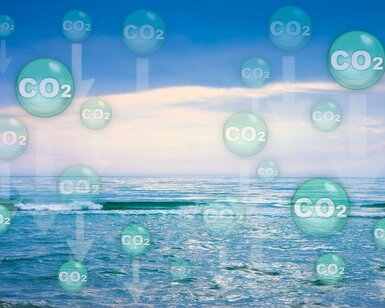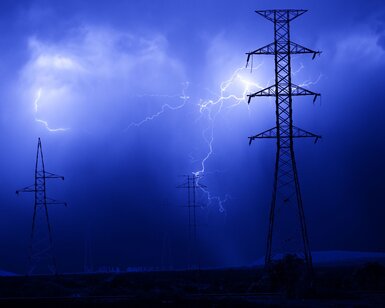Please type a search term (at least two characters)
News
EMPIR project brings documentary standardisation to Ion gauges
Completed in 2020 the Ion Gauge project continues to bring standardisation to vacuum measurements
Many high-end industrial production processes, including semi-conductor, coating, solar cell and aerospace industries, utilise high (10-1 – 10-5 Pa) and ultra-high (10-5-10-10 Pa) vacuums. Instrumentation used in these areas, such as residual gas analysers and quadrupole mass spectrometers, require accurate calibration with ionisation gauges.
However, the most commonly used Bayard-Alpert ionisation gauge has little changed since its inception in the 1950s. These contain fine wires less than 10 microns thick which are hard to position accurately and reproducibly and can become damaged during transport - meaning that gauge values can show measurement uncertainties of 10-20% between different gauge manufacturers – and even between gauges from the same manufacturer.
The work of EMPIR project Towards a documentary standard for an ionisation vacuum gauge (16NRM05, Ion Gauge) resolved this issue.
After examining over 260 relevant articles the project published the largest review of ionisation gauges to date and - based on this - produced the world’s first ionisation gauge with the potential to be used as an ISO standard gauge.
With better accuracy, robustness, repeatability, and a measurement uncertainty of around 1%, the new gauge is now being marketed by INFICON – a leader in innovative instrumentation, technologies and products for vacuums in production processes.
Since the end of the project ASML, a world leading company for lithographic solutions for the semiconductor industry, has set up a working group to improve standards on outgassing. This working group includes members of the project consortium, such as PTB - the National Metrology Institute of Germany.
For lithography – as in many high-end processes - outgassing, where gases and vapours are forced from surfaces by a high vacuum, can cause contamination or reduce the efficiency of semiconductor manufacture. The new group is establishing guidelines for traceable outgassing probes for water, dodecane and hydrocarbons based on ISO TC 20175 and 20177.
A follow-on EMPIR project Developing an ISO Technical Specification “Characteristics for a stable ionisation vacuum gauge” (20SIP01, ISO Gauge) is currently addressing the request from ISO Technical Committee 112 “Vacuum Technology” (ISO TC 112) that these results are implemented into an ISO Technical Specification. Led by the coordinator of the Ion Gauge project, Karl Jousten (PTB) the project has now completed the technical specification and is at the stage where it will soon have a committee draft.
This EMPIR project is co-funded by the European Union's Horizon 2020 research and innovation programme and the EMPIR Participating States.
Want to hear more about EURAMET?
Carbon dioxide, released from man-made activities, is lowering the pH of the Earth’s oceans, and impacting the health of marine organisms worldwide more
Supporting automated and reconfigurable manufacturing systems more
Working with external project Cool White to test and suggest improvements on the locally available white paints more
The project FutureEnergy has provided new calibration services for ultra-high voltages and a good practice guide on Lightning Impulse dividers more
For many of the 5000 photonics companies in Europe a precise knowledge of a material’s optical properties is vital for industrial competitiveness more





